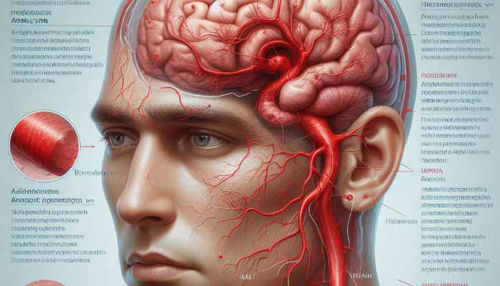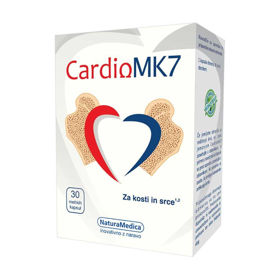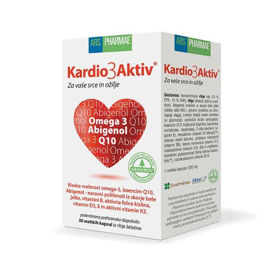Heart rate is precisely defined as the number of beats per minute. Normal heart rate in children depends on age, physical activity, level of training, mental state and body temperature. Another peculiarity of the child's heartbeat is known: the heart rate is higher when inhaling than when exhaling. This peculiarity (called sinus arrhythmia) is especially noticeable when the child falls asleep and until he wakes up, but also at rest after physical activity.

It is necessary to distinguish between normal features of heart rhythm and heart rhythm disorders. When a too fast heartbeat occurs, we talk about tachycardia. The cause can be mental agitation, excessive body tension or a rising body temperature. In children with a normal heart rhythm, an extra heartbeat or ventricle, which your doctor calls an extrasystole, may also occur. Arrhythmias, an irregular heartbeat with an otherwise normal heart rhythm, are also quite common. These should in no way be treated like other heart diseases. Rhythm disorders also occur in healthy, emotionally labile children and adolescents. If arrhythmias are associated with labile blood circulation and the child is acting ill, he should stay in bed and you should talk to your doctor. There is a risk of heart muscle inflammation!
Does the child need to see a doctor?
When a child notices a fast or stopping heartbeat, have a doctor determine the cause.
That's how you help the child
& # 8226; Avoid exertion, mental agitation, and maintain a low body temperature.
& # 8226; If the child shows physical impairment in addition to heart rhythm disorders, he should lie in bed.
& # 8226; The child's diet should be light and with a little salt, give him small meals.
So the doctor helps
& # 8226; Cardiac arrhythmias should always be diagnosed by an ECG (electrocardiogram). This shows the course of the heartbeat at rest and also after exercise. Sometimes it can take hours. The doctor will finally determine if treatment for the heart disorder is needed
rhythm with antiarrhythmic drugs. For the most part, the results of treating heart rhythm disorders in children are favorable.













